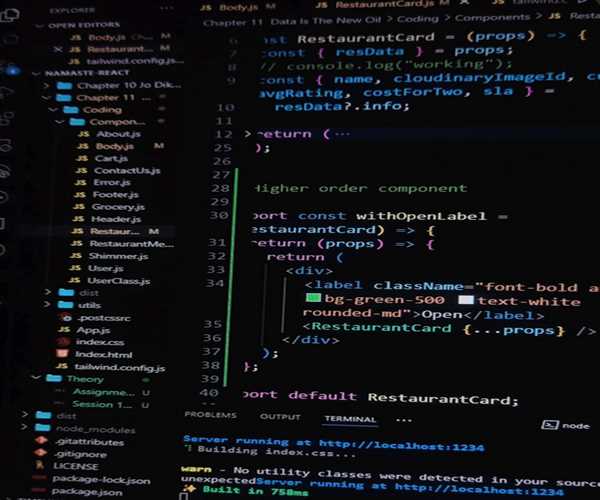Programming language decisions are very important in the security of a software project. The language chosen can determine how safe the end result is, because it defines the process, weaknesses and capacity. Memory management, error and vulnerability control are thereby impacted by the nature of the programming languages used and thus the general reliability of the software produced. Choosing among the languages for security consideration requires developers to understand the strength and weakness of the language.
Performance of different types of languages can vary greatly due to inherent features of programming languages that improve or diminish points of security. For instance, some languages such as Python and Java help to allocate and deallocate memory automatically to lessen the exposure to dangers of errors that can arise from memory allocation. C and C++ at the same time offer more power to developers at the cost which also raises risks of the buffer overflow type of vulnerabilities. We need to assess these features to avoid the emergence of vulnerabilities in the development process and to reduce the number of threats.
However, the community and ecosystem engaged with a certain programming language are equally valuable for security purposes. Well-established languages like Java, Python, and Ruby benefit from robust security libraries, constant updates, and a wide pool of security experts. This active ecosystem makes sure that those familiar risks are addressed as soon as possible and new and shared practices. With these security tools at their disposal, it will require a fairly small measure of effort to secure the software.

The kind of programming language chosen in the software is also determinant of its ability to perform under security limitations. For example, while the higher level languages such as C++ might take longer to execute a particular program, they come with improved safety measures more than lower level languages such as Assembly that can take less time to execute a program but take a lot of effort to control security threats. Performance and security cannot be achieved at once, and thus the maker must examine the demands of the software to decide which of the two is important.
Choosing a proper programming language remains one of the essential prerequisites to software protection. If the peculiarities of each language are taken into account, along with the security environment and potential performance issues, then developers can make the right decisions, on which the subsequent creation of safe and reliable software projects can be based.
Conclusion
In conclusion, The use of programming language greatly determines the relative security of the project in question. Memory and resilience are other important considerations that come in determining the language a developer chooses to use, in view of the security vulnerabilities that may be present, or the security libraries that are available in the language. When used correctly, the language reduces insecurity and enhances the software system’s solidity; however, the wrong choice results in insecurity. By drawing the list of the strengths and weaknesses of each language, developers make the right decisions when utilizing software to make it more secure, reliable and efficient in the life cycle.